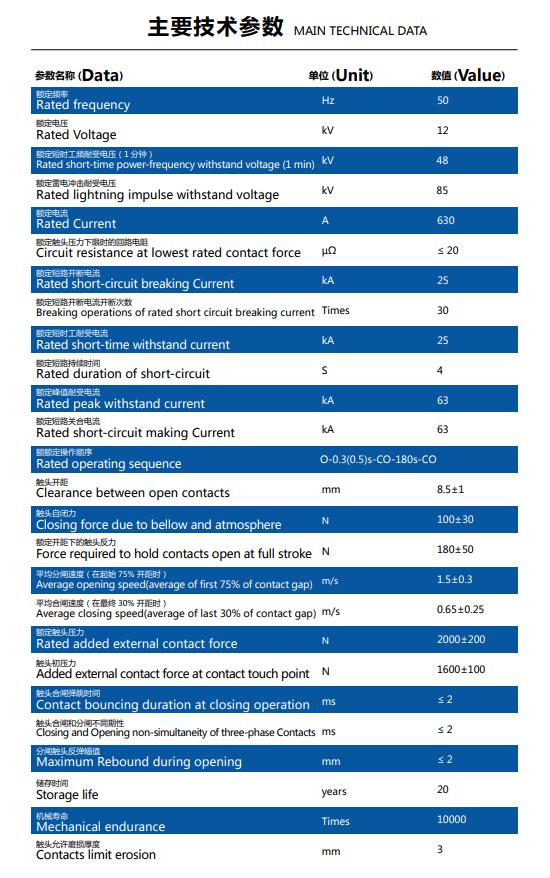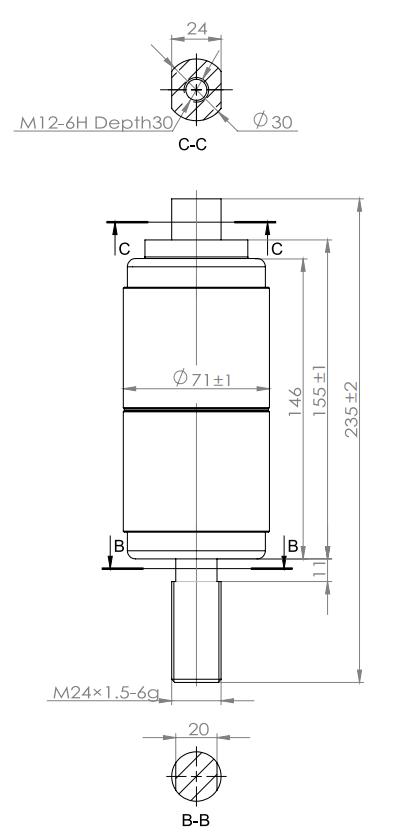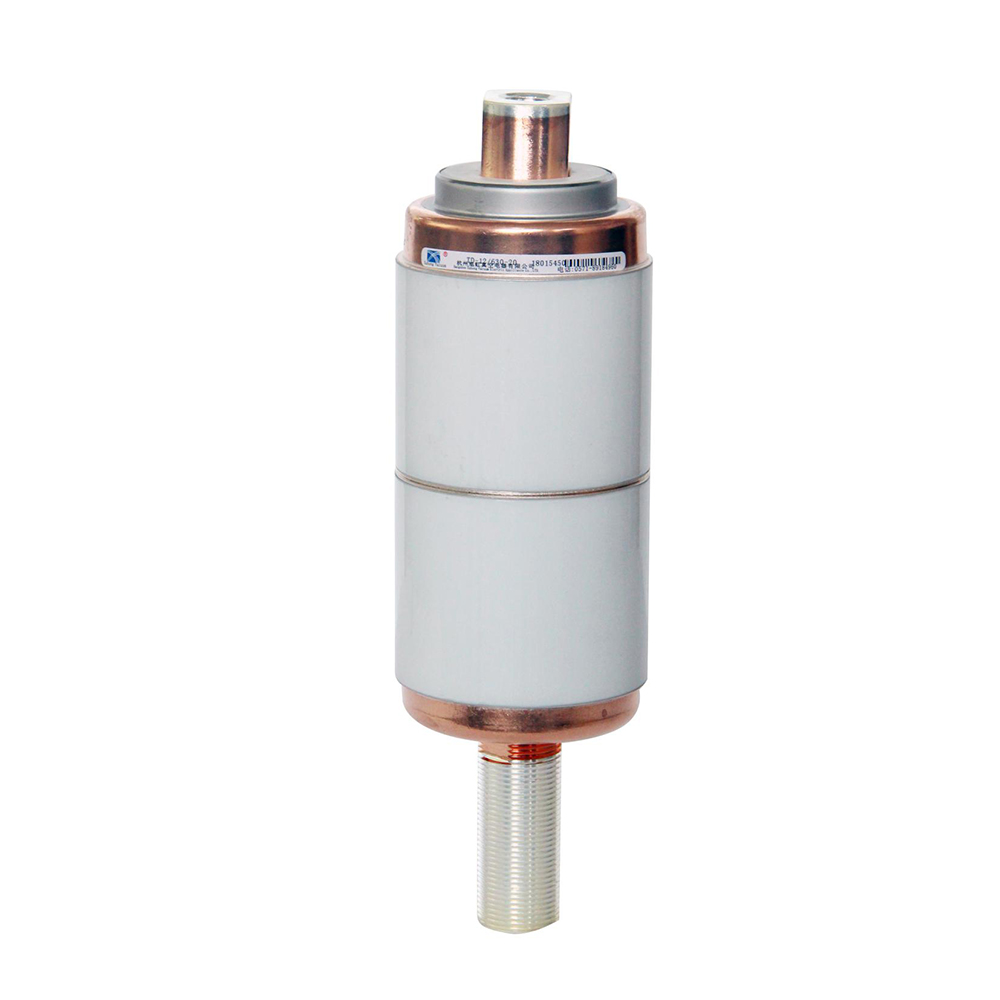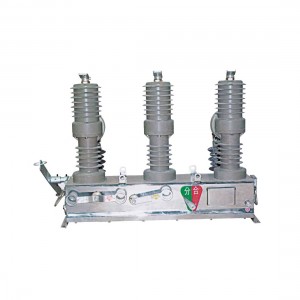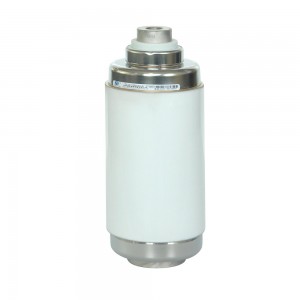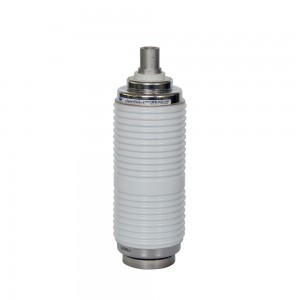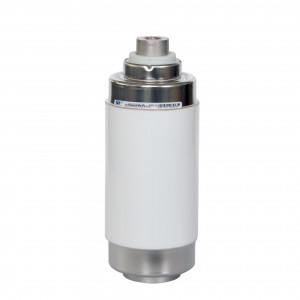Vacuum interrupter for inflatable cabinet(132A)
Brief description of the product:
In 1926, a group led by Royal Sorensen at the California Institute of Technology investigated vacuum switching and tested several devices; fundamental aspects of arc interruption in a vacuum were investigated. Sorenson presented the results at an AIEE meeting that year, and predicted the switches' commercial use. In 1927, General Electric purchased the patent rights and began commercial development. The Great Depression and the development of oil-filled switchgear caused the company to reduce development work, and little commercially important work was done on vacuum power switchgear until the 1950s.
In 1956, H. Cross revolutionized the high-frequency-circuit vacuum switch and produced a vacuum switch with a rating of 15 kV at 200 A. Five years later, Thomas H. Lee at General Electric produced the first vacuum circuit breakers with a rated voltage of 15 kV at short-circuit breaking currents of 12.5 kA. In 1966, devices were developed with a rated voltage of 15 kV and short-circuit breaking currents of 25 and 31.5 kA. After the 1970s, vacuum switches began to replace the minimal-oil switches in medium-voltage switchgear. in the early 1980s, SF6 switches and breakers were also gradually replaced by vacuum technology in medium-voltage application.
As of 2018, a vacuum circuit breaker had reached 145 kV and breaking current had reached 200 kA.
30 year old Siemens vacuum interrupter
The contacts carry the circuit current when closed, forming the terminals of the arc when open. They are made of a variety of materials, depending on the vacuum interrupter's use and design for long contact life, rapid recovery of voltage withstand rating, and control of overvoltage due to current chopping.
An external operating mechanism drives the moving contact, which opens and closes the connected circuit. The vacuum interrupter includes a guide sleeve to control the moving contact and protect the sealing bellows from twisting, which would drastically shorten its life.
